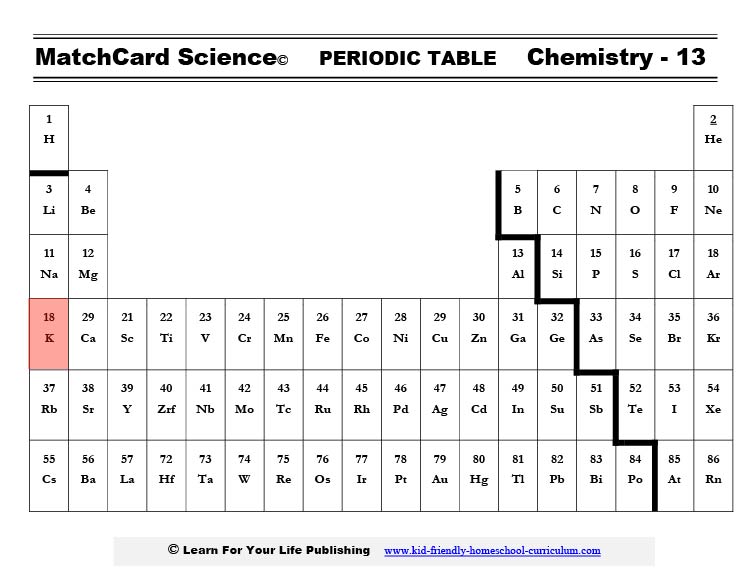

The atomic weight of potassium is 39.0983. The most abundant isotope is K-39, which accounts for 93.3% of the element. Three isotopes of potassium occur naturally on Earth, although at least 29 isotopes have been identified. Potassium is the second lightest (least dense) metal after lithium. Element number 19 is the eighth most abundant element in the human body, accounting for between 0.20% and 0.35% of body mass. Potassium is the seventh most abundant element in the Earth's crust, accounting for about 2.5% of its mass. Potash and alkali are two of the potassium compounds known to man since ancient times. The symbol for potassium is K, which is derived from the Latin kalium and Arabic qali for alkali. The name for potassium comes from the English word for potash. Its salts are used as a fertilizer, oxidizer, colorant, to form strong bases, as a salt substitute, and for many other applications. Potassium cobalt nitrite is a yellow pigment known as Cobalt Yellow or Aureolin. Potassium is used as a heat transfer medium. The heat of the reaction can ignite the hydrogen. The difference is that sodium burns with a yellow flame and is more likely to shatter and explode! When potassium burns in water, the reaction releases hydrogen gas. Potassium compounds emit a lilac or violet flame color when burned. It burns in water, just like sodium. Potassium was the first metal to be isolated using electrolysis. Potassium was first purified in 1807 by Cornish chemist Humphry Davy (1778–1829) from caustic potash (KOH) via electrolysis. An overabundance of potassium causes hypercalcemia, which produces similar symptoms. Plants require potassium for many processes, so this element is a nutrient that is readily depleted by crops and must be replenished by fertilizers. Symptoms of hypokalemia include muscle cramps and irregular heartbeat. When not enough potassium is available in the body, a potentially fatal condition called hypokalemia can occur. This is vital for many cellular processes and is the basis for the conduction of nerve impulses and stabilization of blood pressure. Animals use sodium ions and potassium ions to generate electric potentials. 
The potassium ion is important for all living cells.Pure potassium usually is stored under oil or kerosene because it oxidizes so readily in air and reacts in water to evolve hydrogen, which may be ignited from the heat of the reaction.Pure potassium is a lightweight silvery metal that is soft enough to cut with a knife. Although the metal appears silver when it's fresh, it tarnishes so quickly that it normally appears dull gray.It is formed by supernovas via the R-process and occurs on Earth dissolved in seawater and in ionic salts.
#POTASSIUM PERIODIC TABLE FREE#
Because of its high reactivity, potassium is not found free in nature.Potassium is one of the alkali metals, which means it is a highly reactive metal with a valence of 1.This means the atomic number of potassium is 19 and each potassium atom has 19 protons. Appearance: Potassium is a solid, silvery-gray metal at room temperature.Comprehensive Treatise on Inorganic and Theoretical Chemistry. Praha: Vysoká škola chemicko-technologická, 2002.





 0 kommentar(er)
0 kommentar(er)
